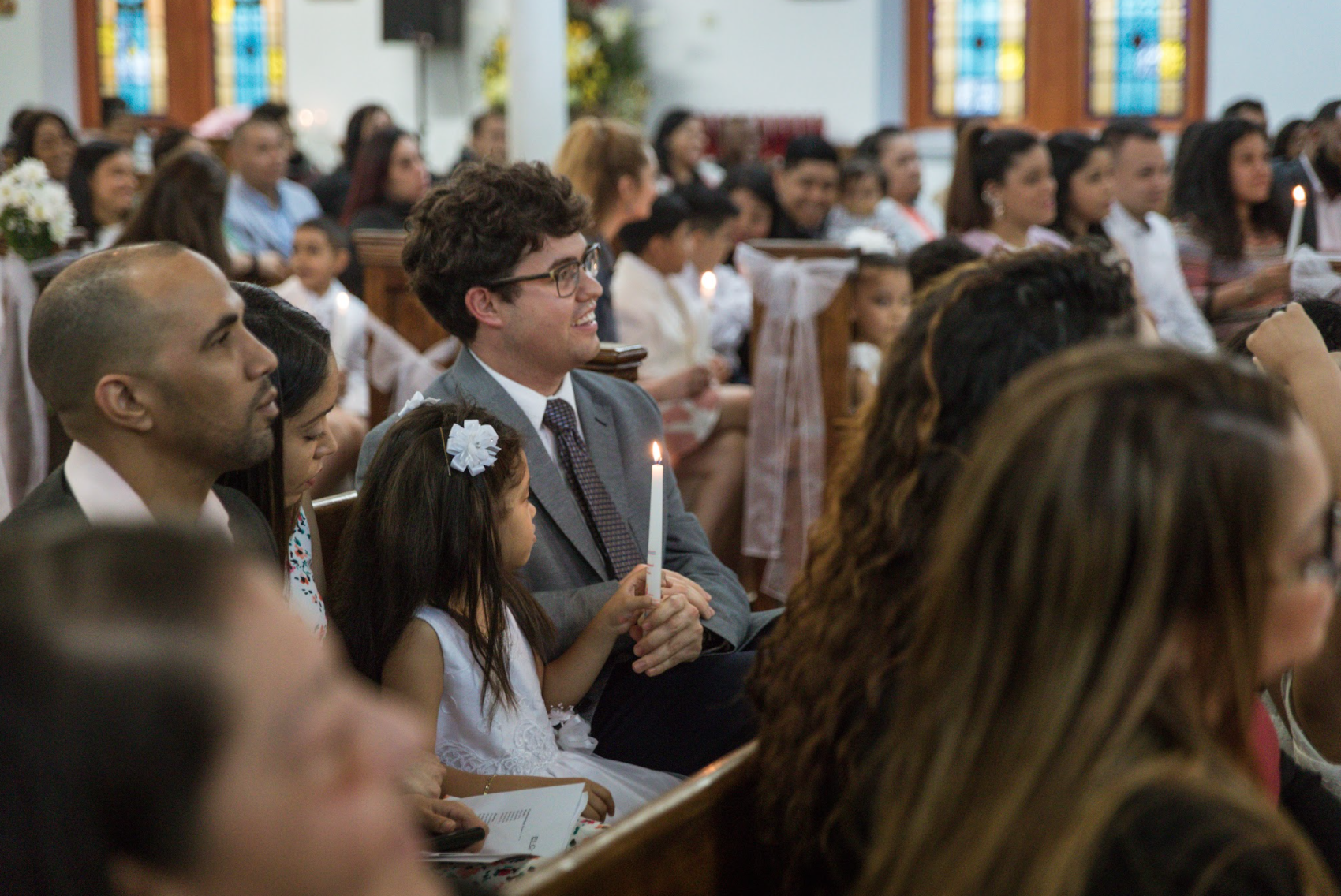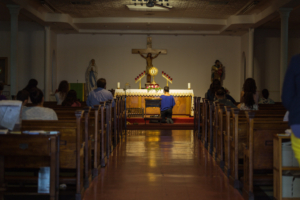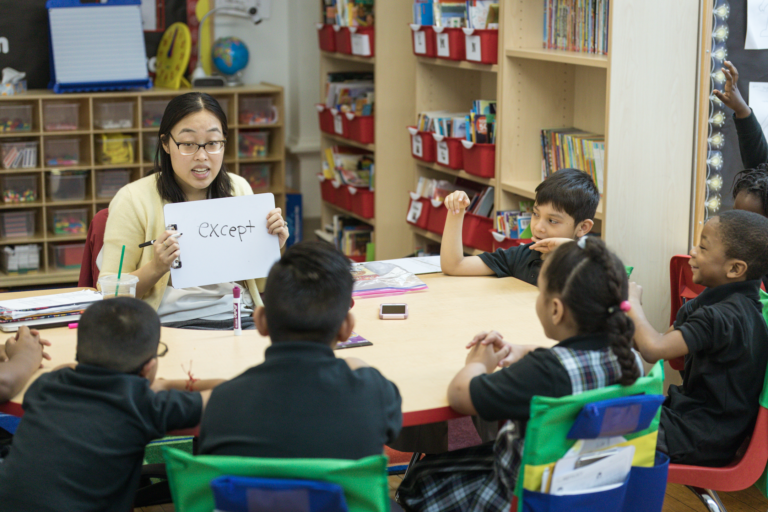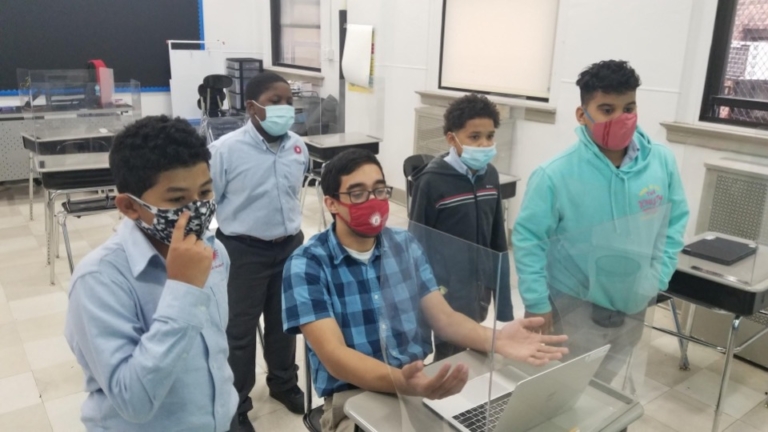We sat down with Spencer Garrett, University of California-Berkeley alum, Seton Teaching Fellow alum, and current M.A. candidate at the Mary Ann Remick Leadership Program. He speaks on his year as a Seton Teaching Fellow, becoming a godparent, and the call to continue to work to change and form Catholic schools outside of the Seton Teaching Fellows program.
How were you educated? How were you formed by Catholic education growing up.
I grew up going to Catholic school at a very young age. Later on, my parents, knowing me, knowing the teachers, and what would be the best fit for me, moved me to public school. This also ended up working out very well because my teacher in 4th and 5th grade was a parishioner at our local parish. Looking back on it, I saw the love of Christ in her work as a teacher, despite the fact that it was in a public setting. From that point on, through college, I was in public education.
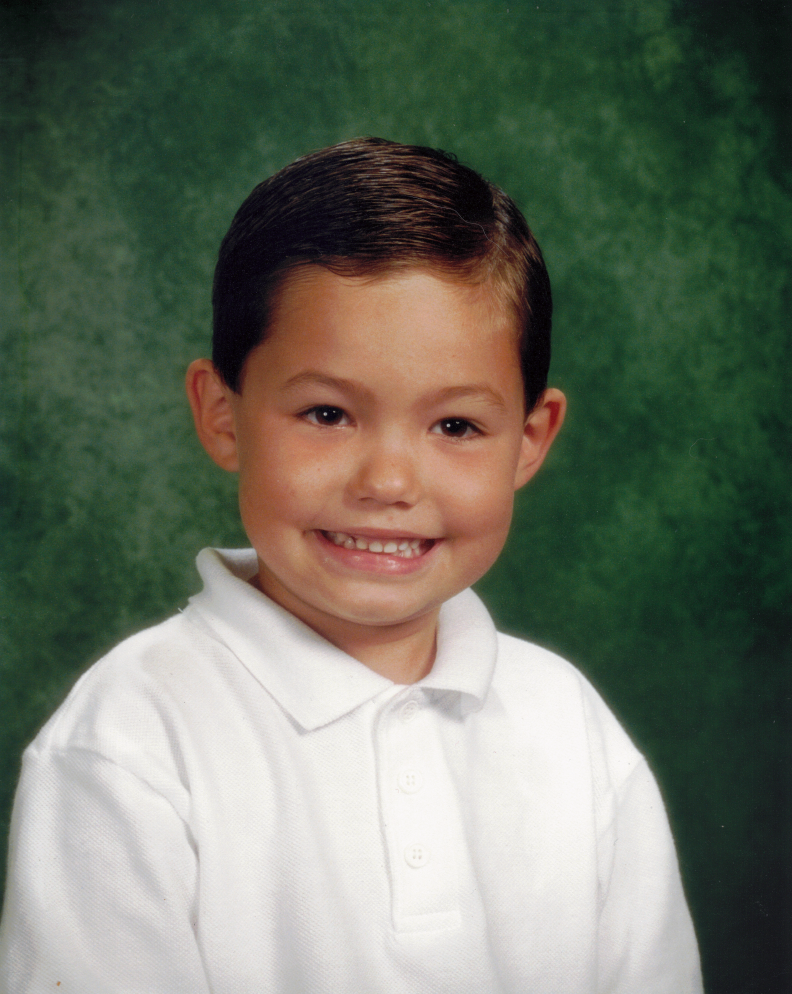
Through all of this, I was formed primarily through the education of my family. Always as a whole family, we went to mass every Sunday. Tying together this concept of Sunday being a family day, it wasn’t just going to mass and the day being done. There were often trips to Barnes and Noble, where we’d sit in the kids section and read books or play with the train set. If it was a special Sunday or a feast day, we’d go to Starbucks and get to have a pastry as a treat. This day was just fully devoted to family and to Christ. Tied into this was time for prayer. My parents made sure that during the week, at least one day, we would have family dinner. That was easier growing up but even as I grew up and our family grew, prayer was still heavily prioritized. My experience of the faith was also tied into my extended family. Family holidays were spent going to mass on Sunday and taking up 2 rows. The faith was just who I was, it was built into it.
My whole family was actively involved in the parish. My mother eventually became the youth minister. I sang in the church choir from 3rd grade until high school. I was a server, a lector, and an extraordinary minister of Holy Communion. The Garrett family name was synonymous with the Our Lady of Fatima church. Everyone knew that we would step in if needed. That was my root. My faith was so strongly associated with my family, especially given that I stopped the formal education of my faith when I was 14.
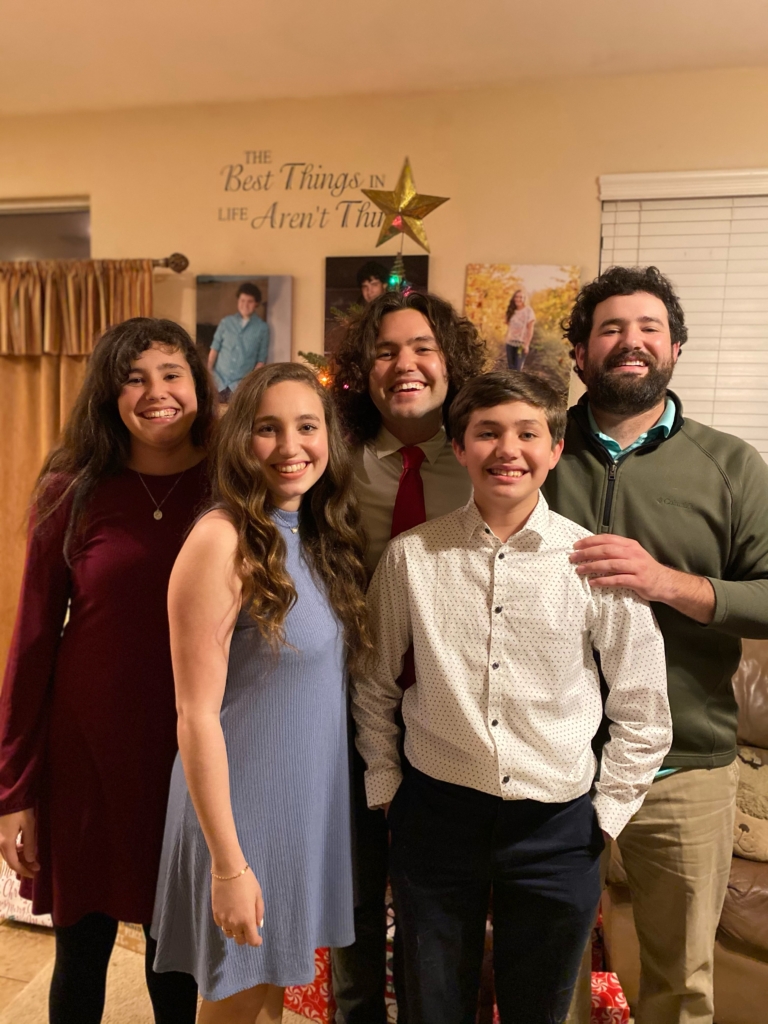
As I went on to college at the University of California at Berkeley, things got more challenging because my family was now an hour and a half away from me, and I lived. I began to face the first challenges to my faith and it was ultimately by returning to the faith more sincerely during this time in college that led to me having a more true love for my family that has endured since then.
It sounds like you were pretty well formed in the faith before becoming a Seton Teaching Fellow. With the formation of STF, how did it allow you to grow more than you had coming in?
Well, I started to experience formation as an adult during college. I was heavily involved with my Newman Center and with Focus. I ran a few bible studies, and was on the student ministry team. College was where my family was no longer the center of everything. I started to realize how relational the faith is, and how it existed beyond my family. I started to navigate my faith, but still in the very comfortable setting of a university. My friends and peers and I were unified by this idea of the faith, but still not fully embracing the “real world.”
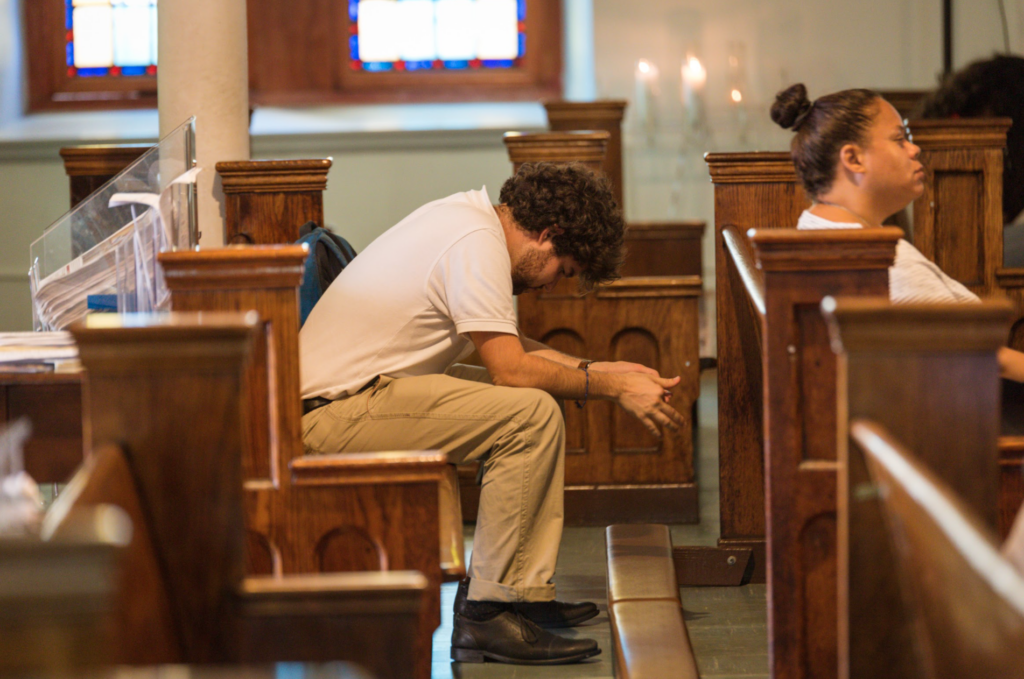
In coming to Seton, it was the first place I really had to live my faith out and be challenged in that. I had and 8:30-6:00 schedule, and I had to factor in a lot of other things. I had to pursue the interior life more intentionally. My experience as a fellow allowed me to navigate what it was that I needed to do to support my inner life. I was learning how I could continue to go deeper into my relationship with God than I had as an undergrad. The Seton team and the structure of the program worked to allow, especially within the work of El Camino, for me to give of myself and give to God through my work. This self-gift was done in different ways than I had as a student. It wasn’t full-on, in the street street evangelization, but rather evangelization through education. Furthermore, the opportunity to live in community was formative. In community, we were able to encounter each other, each of us having our own unique experiences, backgrounds, families, but also each having a similar relationship to the faith. I was influenced by the community, both by other fellows, and also those who I worked with who were pursuing careers within Seton at the same time as pursuing lives of faith and integrity.
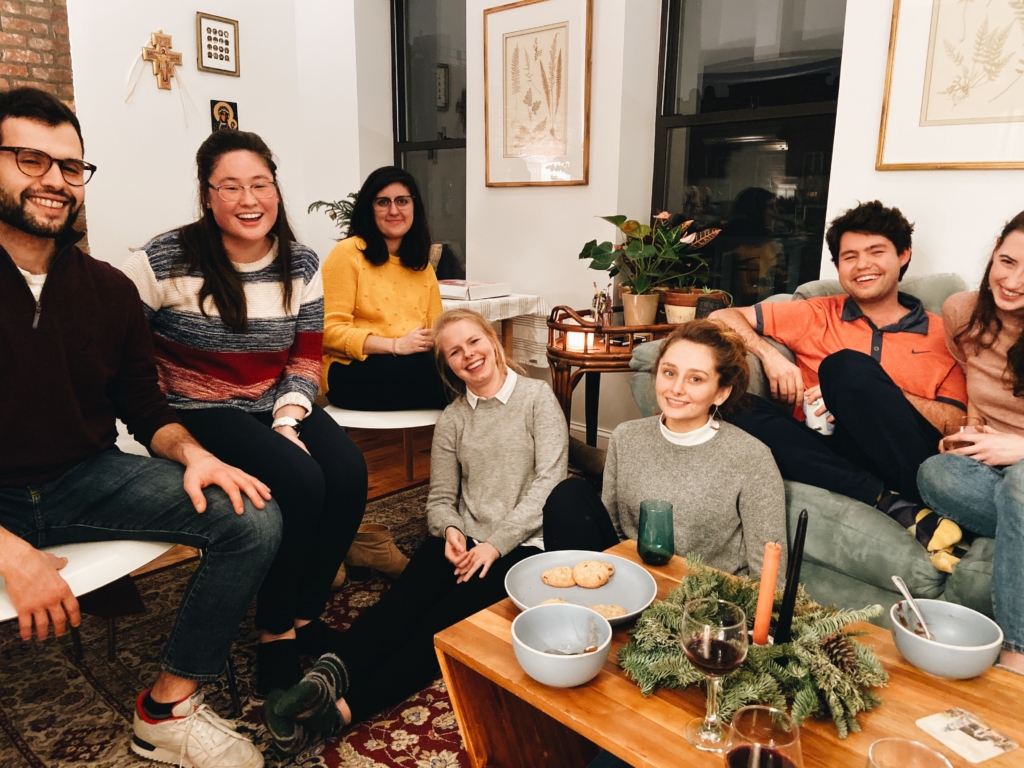
You were a fellow in 2018-2019, pre-pandemic, times. What was that like? What were some of the highlights.
In terms of my day in day out, the year I was a fellow was the last year of lesson planning. Fellows wrote their own lessons, whereas now there’s a pre-made curriculum. I dove in, and was forced to access an entirely distant part of my educational experience, seeing as I was placed in Kindergarten! I had the opportunity to witness the challenge of what early elementary childhood education is like. I was able to really reflect on how important that job is. I think my educational successes are a testament to the good teachers that I had, they allowed me to succeed down the line.
I faced challenge in the classroom right away. The co-teacher that was placed in my classroom quit just before Labor Day weekend. I was thrown into the expectation of being a full time co-teacher: trying to teach kids how to identify a letter and learn their numbers. These are things that I can’t remember not knowing, but that’s not something need to be frustrated about. It’s an opportunity to learn! I spent my entire undergrad experience learning very obnoxiously complex things while studying Bioengineering. These experiences that I was giving to them were just as valid and even more necessary than what I did in college. I took things at full force. I was ready to be there in the classroom, navigating this ever-growing experience for me, for the students, and for the school itself.
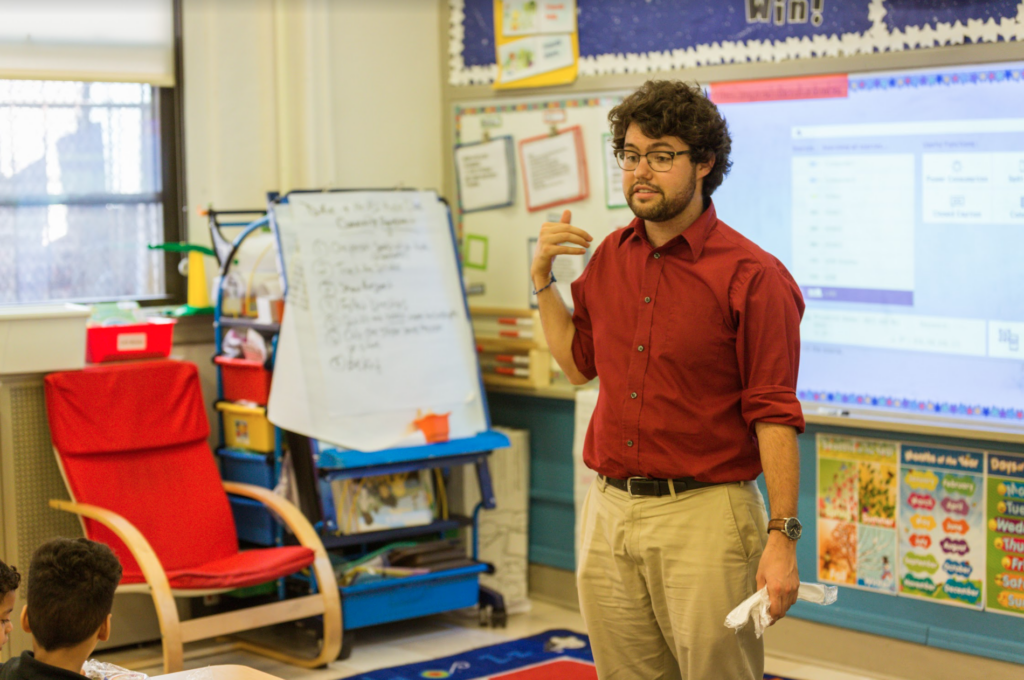
As I was navigating my identity as a teacher, the school I worked at, Brilla Veritas, was finding its own identity as a school. Veritas very much was not a carbon copy of BCPE, Veritas’ sister school in the South Bronx. I was part of building that community. I got to take ownership, and I could settle into having more confidence in myself as a teacher. I took pride in the part of the day I taught which was the character block. Slowly, in addressing all of my students one by one, teaching became an act of love.
In terms of community, we were uniquely small but large enough that we all had a deep connection to each other. I felt that I knew the work of every single one of the fellows in my cohort. Because we were so close knit and accessible to each other, I felt aware of the unique challenges and experience of each fellow. I felt as equal an amount of ownership over my Kindergarteners at Brilla Veritas as I did over the learning of Sarah Webster’s 3rd graders at Brilla College Prep Elementary. During Family Faith Night, when we had the chance to meet students in other classes and other schools, I felt that the disciples knew each of us in our role as fellows.
I know you were a godparent to one of your students. Tell me about that.
Actually, I ended up having 4 Godchildren. One of them had been my disciple for the whole school year as well as in my classroom during the school day. To witness this single individual soul grow so much over a year was amazing. Kindergarten is such a transformative time, and I was together with this child for 40 hours a week for 10 months while this transformation happened. Watching Emma continue to learn and engage with the faith and show this unique love for it allowed me to recognize the depth of what I was doing.
I remember the day of the baptism. I sat with Emma’s family. Something that I think about so often is the awe that was her eyes as she looked at her baptismal candle as we held it together. The desire to protect her from getting hurt if she touched the flame, along with seeing that light reflected onto her as this transformational event happened, was such a beautiful moment.
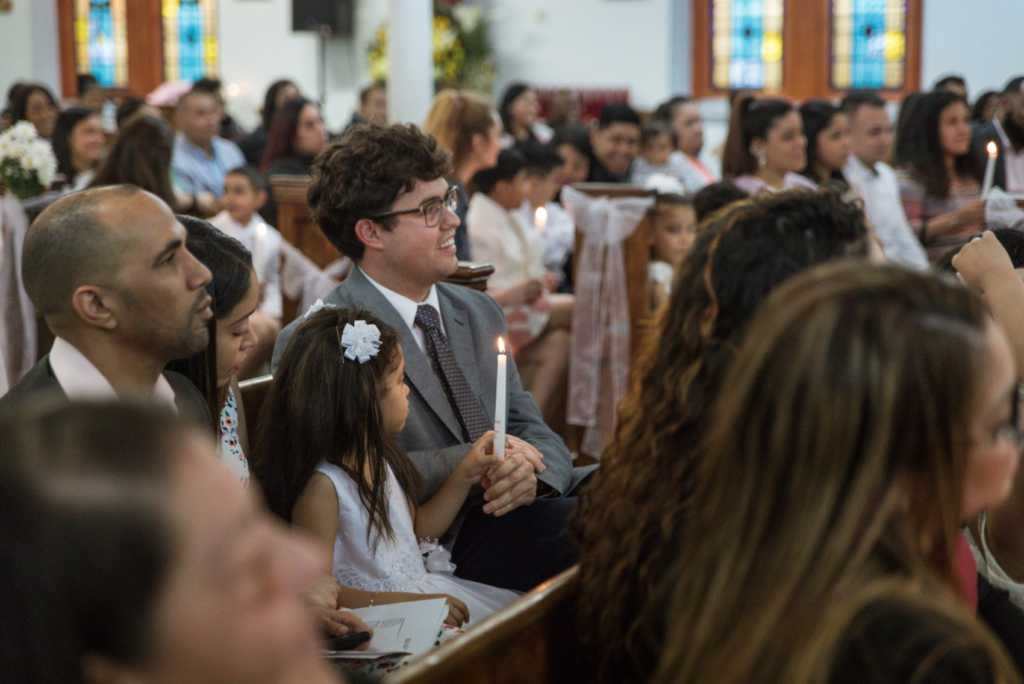
I equally love my other three godchildren from El Camino: Tyler, Angie, and Grace, who are all, to my knowledge, still involved in the El Camino program.
How did you discern continuing to be teacher?
The common story I’d say is that I never intended on staying in education. Both my parents are in education. My mother is now a school counselor at the local Catholic high school, and my father has been working at our local public high school as the Woodshop teacher and now the athletic director since the year I was born.
I grew up dreading the days of summer where I had to go and help my dad set up his classroom, stapling things and trying to line the classroom up. Coming to Seton, I was reminded of my love for Catholicism that had really blossomed in a full way through college. That love was realized in the specificity and necessity of the faith while working in education through my time as a Seton Teaching Fellow. I was also able to recognize how supported and prioritized education had been by my family growing up. Ultimately, the work of an educator was not what I had perceived it to be. I had seen the nuts and bolts of it, but I had never experienced the heart of it until I became a fellow. Through the program, I was oriented to view teaching it as an act of love.
I wanted be able to hone in on this experience that I had just lived through as a fellow. I desired to live it more deeply in whatever setting God was calling me to. Ultimately, that call was to stay in NY, working in a distinctively Catholic school.
Where did you teach after fellowship? What did you teach?
I am going into my 3rd year at Mt. Carmel Holy Rosary school in East Harlem, it’s part of the Partnership Network, which is a group of Catholic schools in New York City. For 2 years I taught middle school science and religion. Now, I am a 5th grade homeroom teacher. As of now, I’m not sure which I prefer, though I love teaching religion, and have been blessed to do so every year of my teaching career. I am learning and discovering where I am most fulfilled in a school setting. Is it trying to serve as many students as possible in shorter periods of time as I was when I was a middle school teacher? Or, am I more fulfilled in the autonomy of much more time spent with a smaller subset of individuals as I am as a 5th grade teacher?
I know that you’re doing the Mary Ann Remick Leadership Program through Notre Dame which will ultimately help qualify you for school leadership. What let you to apply for this?
Essentially it was my experiences of Catholic Education which led me to want to stay in it. From going to Catholic school as a young child, to my mother working in Catholic education, to being a Seton Teaching Fellow, to teaching at a Catholic school, I came to see that this work is something that I’m passionate about. I’m passionate that it continues to exist but also to thrive. I believe that Catholic education is a necessity for the Church and, in turn, for society.
In working to understand and improve based on my own experience, I knew that if I wanted to make the changes that I was hoping to make within Catholic Education, I needed continue my own education. I started by looking into different programs. Was I going to make this change through policy, or through leading within my school? Through my research, I realized there was no other program like the Mary Ann Remick program at Notre Dame. I’d known about it for a few years, and it seemed like a natural fit.
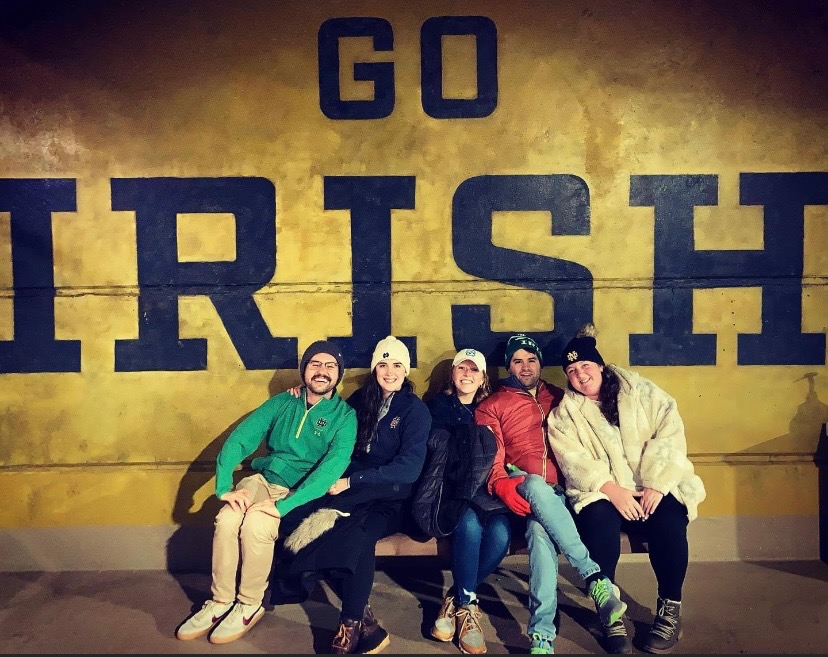
I don’t have the ambition to be a principal because I feel the need to be in charge, but I want to fully use the gifts I have in the way God is calling me to. Remick is a program that doesn’t just form school leaders, but forms Catholic school leaders. I knew that through this program, I would be well-formed in any capacity, but also formed to specifically serve and to transform Catholic schools so that they can be vibrantly and authentically Catholic.
There is a lot of school culture and there are many unique practices in our Network schools and programs. Is there anything you learned at Brilla and El Camino you’ll hope to bring as a principal in your own school?
Brilla has the strong belief that they will do whatever they can to serve any person is brought to them. They strongly manifest the idea that not only do students have the potential to learn, but they will learn. Brilla and Seton do everything they can to ensure that students will learn. That mindset really shaped how I continued to go about my teaching career. I learned that teaching is an act of self-giving. JP2 says we are not made for comfort we are made for greatness. As a teacher, it can be easy to step into that role of ease and comfort. What I have seen as a teacher, and as an aspiring administrator, is that that you don’t want comfortable teachers, you want great teachers. Brilla really works to emphasize bringing out the greatness in teachers, in order to ensure that the greatness of the students can shine through.
Heavily tied into that pursuit of greatness is the intentionality behind relationship that Brilla puts at the forefront, not just for students but also among staff. All my grad studies courses are saying the same thing: the way that you improve is in constantly engaging with staff and making sure they are also growing professionally. Being in an environment where that was prioritized, I really saw the means by which these ideals can be lived out. Being able to compare what Brilla worked to do, with what current school I teach at, works to shape my vision for my work as a future school leader.
